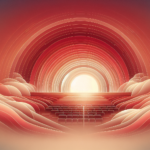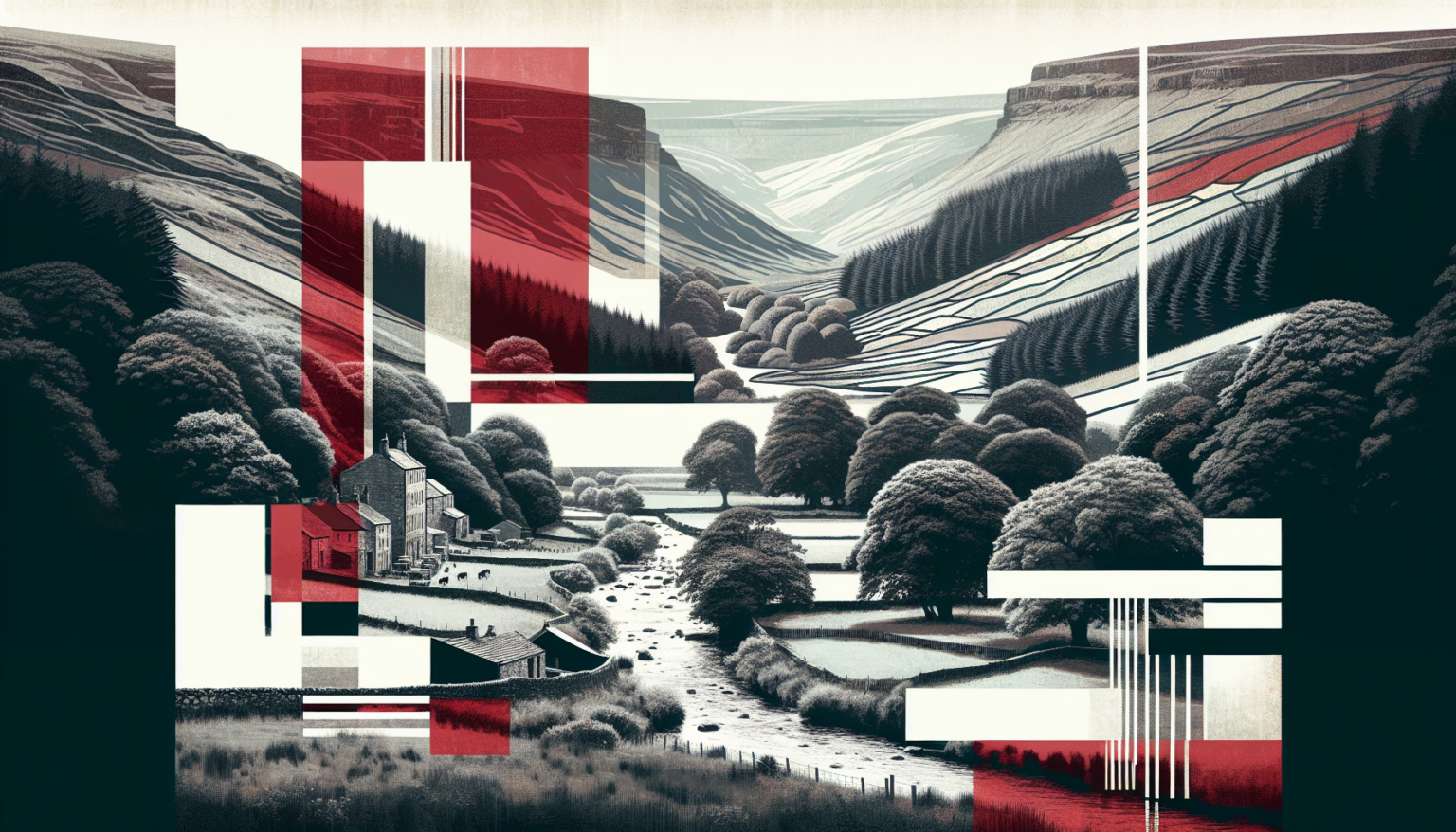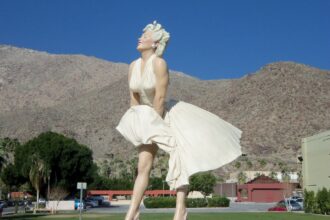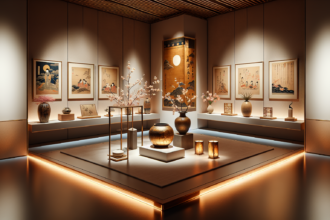William Kentridge, the renowned South African artist, began filming himself in his studio during the coronavirus pandemic while meditating on the practice of self-portraiture. Although he set out to examine the workings of the studio space and how it relates to the production of art, every image seemed to end with a painting of himself as a coffeepot. The result was “Self-Portrait as a Coffee-Pot,” a nine-part film series now available on the streaming service Mubi.
This series is part of Kentridge’s latest exhibition, “A Natural History of the Studio,” his first show with Hauser & Wirth in New York. All the drawings from the film series — more than 70 in total — are present for the first time in a single exhibition, alongside new sculptures. They combine into an effusive repertoire: an artist’s study of his disparate selves and the materiality of his forms.
The drawings follow Kentridge’s recognizable use of charcoal, pastel, and colored pencils, usually in the form of a collage on dry paper. Phrases he gathers from his favorite books adorn some of the paintings, like heavy drooping earrings. This effect is most embodied in “Drawing for Self-Portrait as a Coffee-Pot (The Moment Has Gone),” a 2020 piece depicting a tree with phrases across the work, such as “You will be dreamt a jackal.”
In “Drawing for Self-Portrait as a Coffee-Pot (Self-Portrait, Crouching),” 2020, a stunning render sees the artist slightly bent forward.
It is unclear if he is naked (although he is surely wearing a wristwatch), but his age — he is 70 now — is apparent in the small folds on his head, his back, the quiet protrusion of his belly, a tender rendering of oneself. Kentridge’s explorations of the human self can result in multiple insights and contradictions. Often in his video series, multiple Kentridges or doppelgängers argue and disagree on ideas, methods, and even memories.
Kentridge’s studio reflections
These videos are influenced by his engagement with the world of theater and are displayed in a corner of the gallery emulating his studio. Because the artist draws mostly with charcoal, notions of erasure, overwriting, and haziness in the paintings are heightened, allowing for debates and even disputes within the work.
Kentridge’s ability to interweave these elements into a cohesive body of work underscores his continued relevance and innovation in the art world, further cementing his legacy as a master of visual and conceptual art. Kentridge was born in 1955 and studied politics at university in Johannesburg while taking classes in fine art and drama in the evenings. His parents had several friends who were artists “and it made me realise that they didn’t all live in Paris with a beret and palette”.
His father, who is 102 and living in north London, was both encouraging and sceptical of his son’s work. “When I told him I was putting on a production of Goethe’s with puppets, his reaction was: ‘OK, but I’m wondering why the puppets are necessary?'”
At 70, Kentridge is more prolific than ever: his nine-part film “Self-Portrait as a Coffee Pot” launched on the streaming platform Mubi last year, he has a chamber opera touring festivals around Europe, and he is working on a new production of Monteverdi’s for Glyndebourne. “It’s my father’s favorite place in the world,” he says.
“There have been many family outings there over the decades.”
Right now he’s looking forward to returning to his studio in Johannesburg. “There’s a kind of a balance between work that I do entirely on my own, drawings and animation, and then projects which need many collaborators,” he says. The performance work evolves from the arts centre he founded and funds in the city’s downtown area.
“We teach, do workshops and stage performances,” he says, adding that he thrives on the energy that collaboration brings. “It’s not just about giving back to other artists; it’s also very much for me and what I can discover working with them.”













